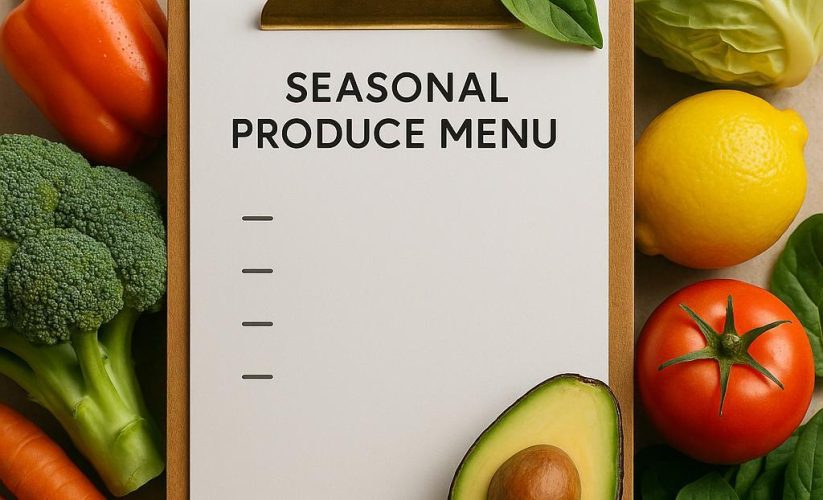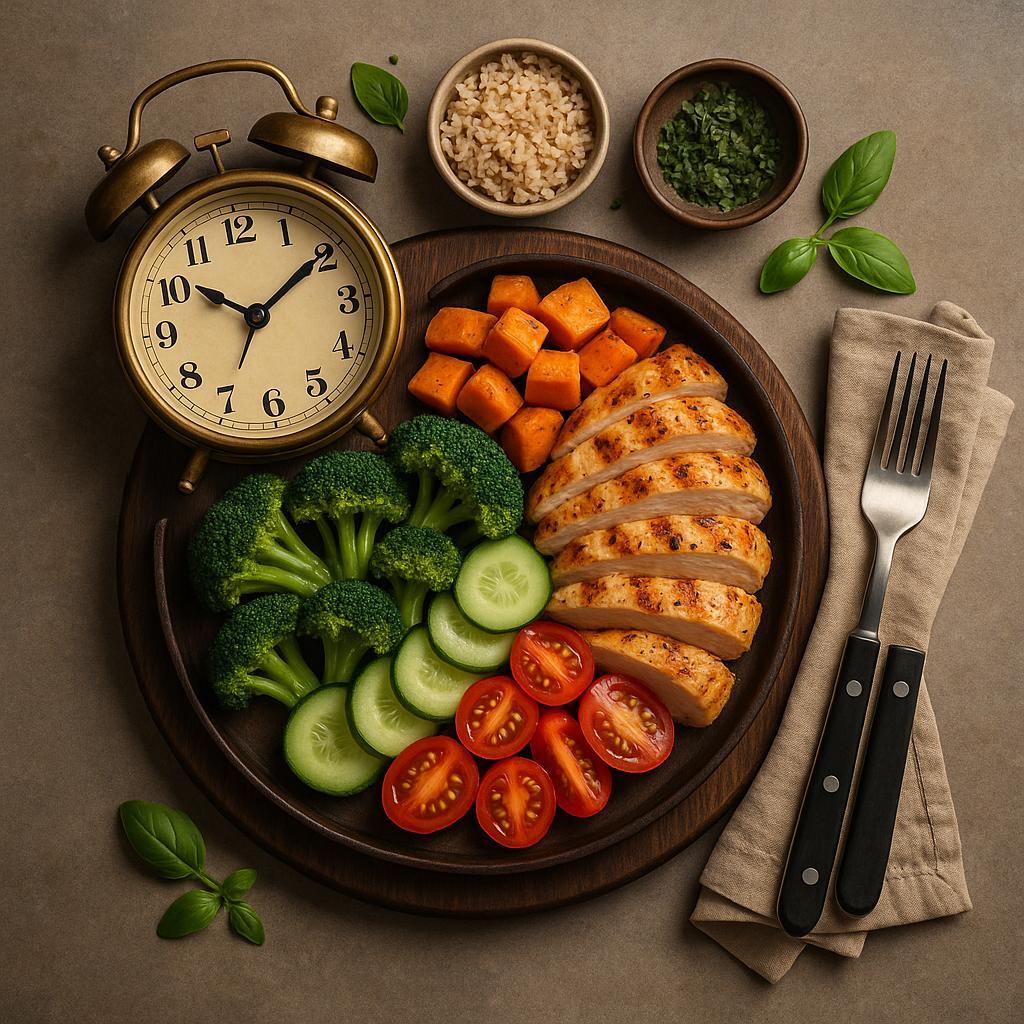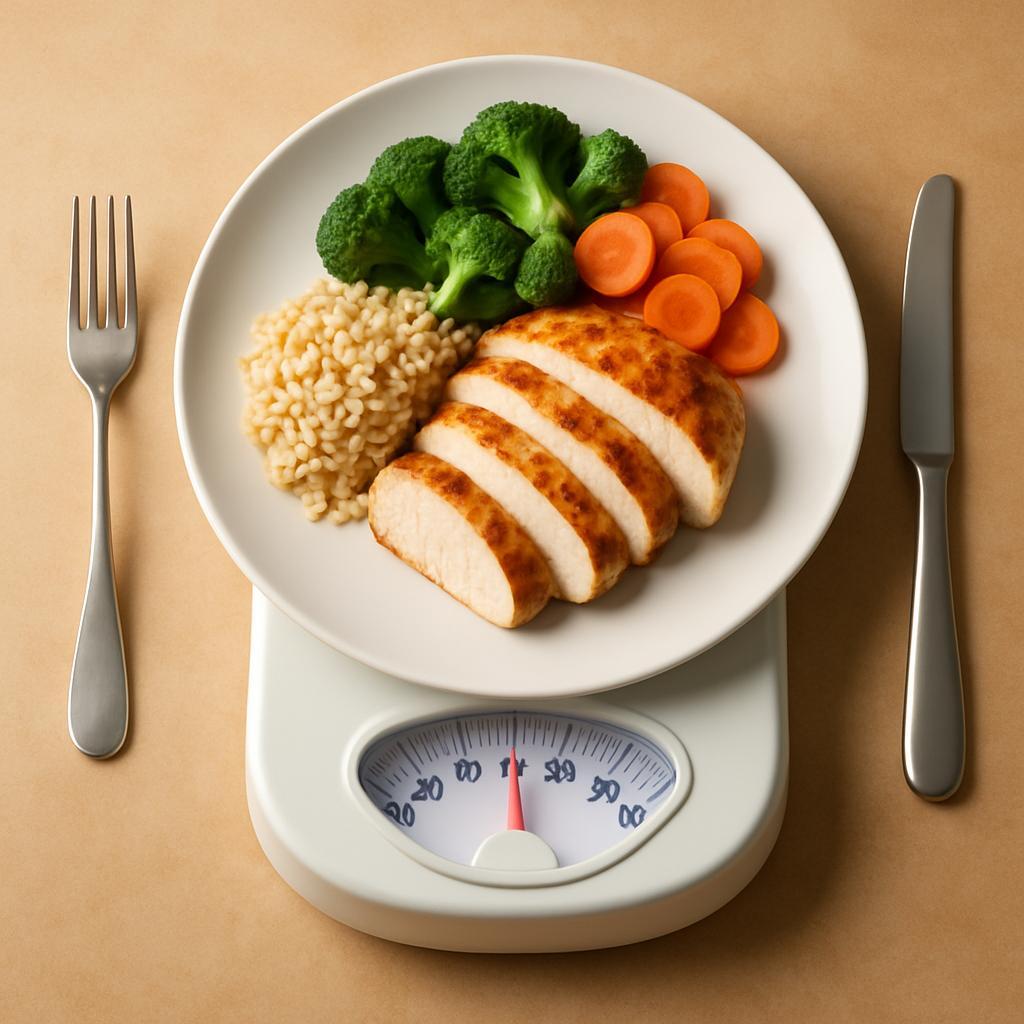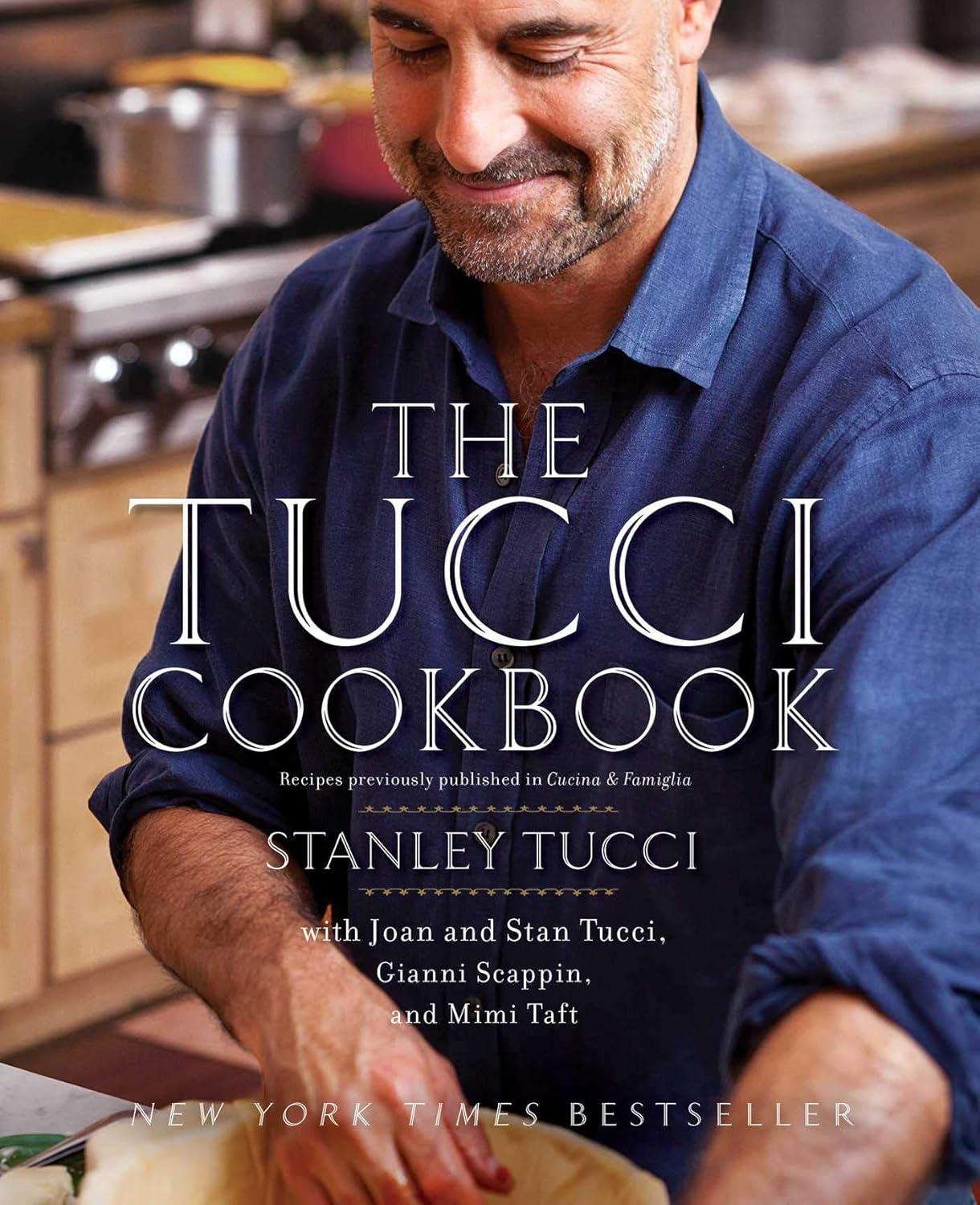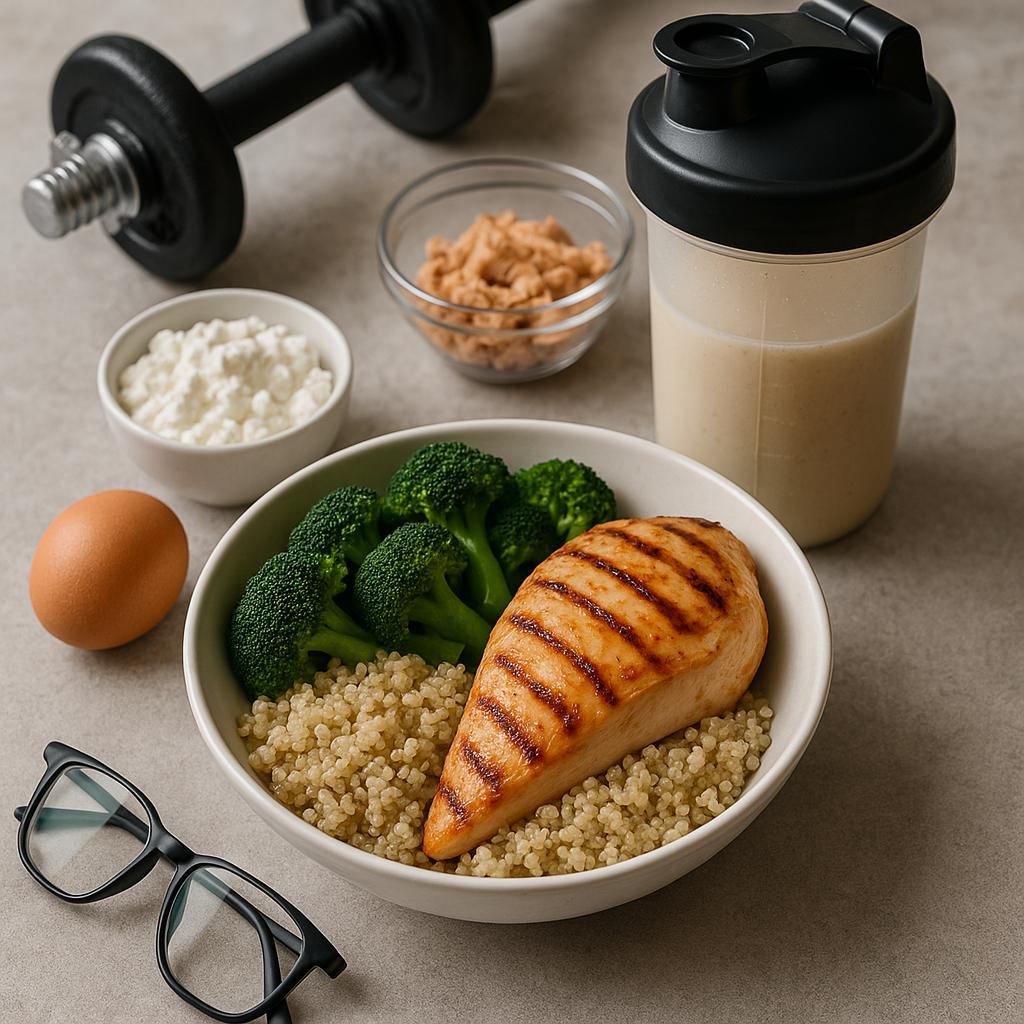Adaptive Meal Plan: Effortless Fit for Any Diet
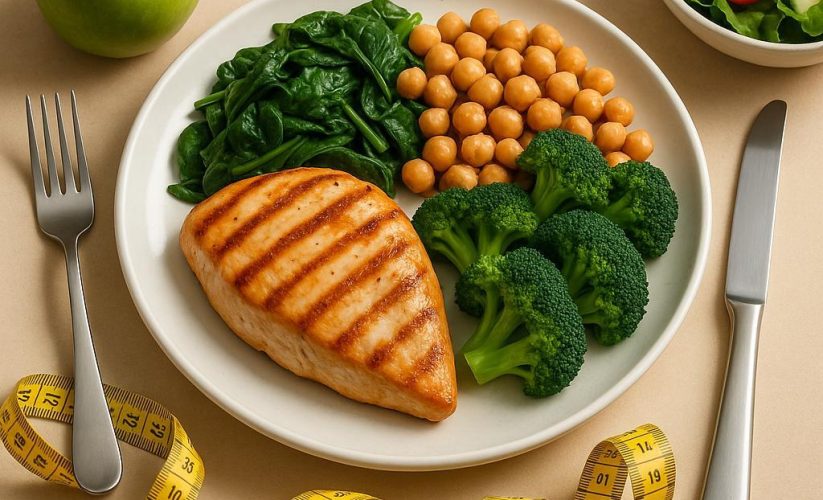
Your appetite isn’t static-your meal plan shouldn’t be either. Most diets ask you to fit their mold; an adaptive plan fits you. When schedules shift, ingredients change, or goals evolve, a flexible system keeps nutrition on track without the decision fatigue, waste, or rigid rules that make eating well feel like work.
Adaptive Meal Plan: Effortless Fit for Any Diet introduces a practical way to design meals that adjust to preferences, restrictions, and real-life curveballs-without starting from zero each time. Think of it as a meal playlist: same reliable rhythm, endlessly remixable tracks. The aim is simple-make good choices easy and consistent-so “What’s for dinner?” becomes a quick, confident call rather than a daily puzzle.
Table of Contents
- Meals that flex to any style from keto to vegan
- Plan once enjoy effortless variety every day
- Smart swaps keep macros on track and flavor first
- Grocery lists that adapt to budget season and pantry
- Q&A
- Final Thoughts
Meals that flex to any style from keto to vegan
Build every plate with a simple, modular template: base + protein + veg + sauce + texture. Swap the base to match your goals-cauliflower rice, spiralized zucchini, and leafy greens for keto; quinoa, farro, or roasted sweet potato for plant-forward eaters; corn tortillas or rice for gluten-free flexibility. Rotate proteins with the same seasonings: grilled salmon, chicken thighs, or eggs for low-carb; marinated tofu, tempeh, chickpeas, or seitan for vegan; slow-cooker beans for budget-friendly weeks. Keep a rainbow of veg ready-roasted broccoli, blistered peppers, shaved cabbage, and quick-pickled onions-then tie it together with a sauce that works across styles: tahini-lime, chimichurri, romesco, or a peanut-ginger drizzle. Finish with texture that matches your plan: avocado and olives for healthy fats, toasted nuts and seeds for crunch, or citrus and fresh herbs for brightness. This structure guarantees variety without relearning dinner every night.
Try these adaptable combos: a sheet-pan trio of paprika-spiced veg plus protein and a bold sauce-keto: chicken thighs, cauliflower, and peppers with garlicky aioli; vegan: smoked tempeh, Brussels sprouts, and carrots with lemon-tahini; high-protein vegetarian: paneer, asparagus, and cherry tomatoes with herby yogurt. A fast stir-fry-use zucchini noodles for low-carb or soba for plant-forward; toss in tofu or shrimp, add a handful of snap peas and mushrooms, finish with sesame-chili oil; tweak macros by adding extra olive oil for keto or choosing lean proteins for calorie-conscious days. Or build a soup base once: coconut-lime broth with aromatics; keto version gets chicken, spinach, and mushrooms; vegan swaps in chickpeas and bok choy; low-calorie uses light coconut milk and extra greens. Batch-cook components on Sunday, stash two sauces in jars, and you can assemble lunches in 5 minutes and vary dinner all week without starting from scratch.
Plan once enjoy effortless variety every day
Design a single, flexible template, then let flavor do the heavy lifting. Batch-prep for 90 minutes once: roast 3 vegetables (e.g., broccoli, peppers, sweet potato), cook 2 bases (quinoa or cauliflower rice), and choose 3 versatile proteins (chickpeas or tofu, chicken thighs, salmon or tempeh). Whisk 4 quick sauces that span cuisines-tahini-lemon, chimichurri, gochujang-lime, peanut-ginger-and stock two “crunch” toppers (toasted seeds, pickled onions). Store everything in labeled containers with portion guides: 4 cups veg, 3 cups grain/cauli-rice, 1.5-2 lb protein, 1 cup each sauce. Use a simple assembly formula-1 protein + 2 veg + 1 base + 1 sauce + 1 crunch + fresh herb-and make tiny swaps to match any diet: pick tofu/tempeh for plant-based, cauliflower rice for low-carb, tamari for gluten-free, olive-oil dressings for dairy-free. One plan; countless combinations without extra decision fatigue.
Turn the same components into new meals in minutes. Example rotations: a lemon-tahini bowl with quinoa, roasted broccoli, and sesame seeds; lettuce cups with gochujang-lime tofu, peppers, and pickled onions; a quick soup by simmering chickpeas and sweet potato in stock, finished with peanut-ginger swirl; warm “taco” plates using cauli-rice, chili-dusted salmon, and chimichurri; herby chopped salads with crispy quinoa (pan-toast yesterday’s portion) and tahini drizzle. Keep novelty with micro-swaps: mint vs. cilantro, lime vs. lemon, seeds vs. crushed nuts, mild vs. spicy sauce. For zero waste, press leftover grains into cakes for pan-searing, thin sauces with water for dressings, and fold stray veg into a 5-minute skillet hash. The result is consistent prep, precise portions, and fresh flavors every day-without rewriting the plan.
Smart swaps keep macros on track and flavor first
Build the taste you crave, then swap the “vehicle.” Keep your signature flavors-al pastor spices, creamy pesto, smoky BBQ-and trade the base to hit macros without compromise. Taco night? Keep the citrus-chile pork and quick-pickled onions; slide them into lettuce cups or high-fiber tortillas to shave 15-25 g carbs per serving. Pasta mood? Stir pesto into steamed green beans or chickpea pasta (+8-10 g protein, +6-8 g fiber vs wheat) and finish with lemon zest for brightness instead of extra oil. Rice bowls translate seamlessly to cauliflower rice (about −40 g carbs per cup) or half-and-half with quinoa for balanced carbs and texture. Creamy elements stay lush with 2% Greek yogurt instead of sour cream (+10 g protein, −12 g fat per 1/2 cup), and umami depth comes from miso, anchovy paste, or nutritional yeast rather than sugar-heavy sauces.
Tune macros with tiny levers that preserve satisfaction. Sear or air-fry proteins for browned edges and use a brush to apply oil (1 tsp vs 1 tbsp saves ~12 g fat); finish with acid-lime, vinegar, or pomegranate molasses-to pop flavors without calories. Swap 80/20 beef for 93% lean and reintroduce richness with a slice of avocado or a sharp cheese you can taste in smaller amounts. Trade 1 cup white rice for 3/4 cup black beans and 1/2 cup roasted peppers to net similar carbs but +10-12 g protein and fiber. For noodle dishes, shirataki or zucchini noodles carry garlicky sauces while you fold in cashews or sesame oil by the teaspoon to control fats. When sweetness is non-negotiable, lean on roasted onions, balsamic reduction, or a date blended into a whole-batch sauce so flavor scales while sugars per serving stay modest. Result: the same craveable profiles, just re-routed through ingredients that meet your protein, carb, and fat targets-no bland compromises.
Grocery lists that adapt to budget season and pantry
Build the list backward from what you already own and what the week allows. Do a 3-minute pantry/freezer sweep, mark items you have (rice, oats, beans, oils, spices), then draft meals that cross-use them-chili + burrito bowls share beans and tomatoes; stir-fry + fried rice share mixed veg, aromatics, and protein. Set a weekly cap and split it-about 60% for produce/protein, 30% for staples, 10% for flavor boosts-then flex by season and sales: fresh tomatoes when cheap, canned when not; berries frozen off-season; chicken thighs when on promo, tofu or dry beans when meat prices jump. Tag each line with [P] pantry, [S] seasonal, or [B] budget to trim fast at checkout. Create swap pairs so the list pivots without rewriting recipes: chicken thighs ↔ tofu ↔ black beans; quinoa ↔ brown rice ↔ barley; zucchini ↔ frozen spinach ↔ cabbage; yogurt ↔ silken tofu ↔ coconut yogurt. For dietary needs, bake in equivalents: pasta ↔ lentil or brown-rice pasta (gluten-free), tortillas ↔ lettuce wraps (low-carb), eggs ↔ chickpea flour “omelet” (vegan). Keep proteins under your local price ceiling, prefer bulk staples over single-use items, and choose flavor trios (acid/heat/herb) that elevate cheap bases-lemon + chili flakes + parsley, or vinegar + garlic + dill.
Turn that framework into a ready-to-adjust cart for two people, four dinners plus breakfasts and lunches from leftovers. Tight week (~lean budget): dry beans, brown rice, canned tomatoes, onion/garlic, carrots, cabbage, frozen mixed veg, eggs or tofu, oats, peanut butter, and a small bottle of vinegar; this yields chili, stir-fry, fried rice, and sheet-pan cabbage with beans, with overnight oats for breakfast-sub rice ↔ riced cauliflower for low-carb, swap eggs for tofu to stay vegan, choose certified gluten-free oats as needed. Steady week (moderate): upgrade one protein (salmon or shrimp on sale), add fresh herbs, citrus, yogurt, and seasonal fruit; shift one frozen veg to in-season produce (broccoli, zucchini, or peppers), and add a whole-grain wrap or chickpea pasta for a speed meal. Splurge week (holiday or guests): keep the pantry core but layer nuts, specialty cheese or tahini, a second herb, and a premium protein; buy what’s best-in-season (asparagus in spring, stone fruit in summer, squash in fall) and plan a “clear-the-fridge” Friday to avoid waste. Each line item works across multiple meals, so when the total creeps past the cap, drop a single upgrade (fresh berries → frozen, salmon → chicken/tofu) rather than an entire recipe; your menu stays intact, your diet stays on track, and your cart stays in budget.
Q&A
How does an adaptive meal plan set and adjust my calories and macros without constant recalculations?
It starts with your stats (age, sex, height, weight), goal, and activity to estimate energy needs, then uses real-world feedback-weight trend, appetite, training performance, and adherence-to make small, safe changes (often 50-150 kcal or 5-10% macro shifts per week). Protein stays anchored (roughly 0.7-1.0 g per lb of lean body mass), carbs flex around training days, and fats fill the remainder. If you avoid tracking, it can pivot to portion guides (hand-size or plate method) and still nudge portions up or down based on weekly progress.
Can it juggle strict dietary rules (e.g., vegetarian + low-FODMAP + nut-free) without getting repetitive?
Yes. A constraint-based engine filters recipes by diet tags and hard “no” lists, then layers smart substitutions (e.g., swapping chickpeas for firm tofu, nuts for pumpkin seeds, garlic/onion for asafoetida or green tops of scallions). It keeps flavor high with herbs, acids, and spice blends rather than restricted ingredients, and it rotates cuisines so you’re not eating the same template in disguise every day.
What do I need to tell it to get a plan that truly fits my life?
Provide your goal and timeline, body stats, activity schedule (including rest and high-intensity days), dietary pattern and allergies, foods you dislike or prefer, time per meal, kitchen gear, budget range, grocery frequency, household size, and any travel dates. Optional inputs-like wearable data, glucose responses, or digestion notes-help the plan fine-tune timing, carb placement, and fiber levels.
How does it keep meals interesting while still hitting nutrient targets?
It uses a “core + swap” template (same base, rotating proteins/veggies/grains) and a weekly cuisine theme to deliver variety with minimal complexity. A nutrient watchlist ensures coverage of common gaps tied to your diet (e.g., iron, B12, calcium, iodine, omega-3, vitamin D), suggesting fortified foods or add-ons when needed. It also tracks plant diversity (aiming for ~30 different plants per week), color variety, and seasonal produce to keep plates vibrant and micronutrient-dense.
How are grocery lists, batch cooking, and leftovers managed so food doesn’t go to waste?
The plan consolidates a store-aisle-friendly list, scales ingredients to your servings, and syncs with your pantry so duplicates aren’t purchased. Batch-cook flags appear on freezer-friendly recipes with reheat notes, and leftovers are scheduled intentionally (cook-once-eat-twice). Perishables are front-loaded, “use-it-up” meals land before expiry, and if you skip a dish, the plan reshuffles ingredients or suggests substitutions to rescue what’s in your fridge.
How does it handle tight budgets, travel days, or eating out?
Budget mode optimizes for unit price and seasonality, leaning on staples like oats, rice, legumes, eggs, frozen produce, canned fish, and chicken thighs. For travel, it offers shelf-stable kits (instant oats, nut-free seed butter, tuna pouches, micro-safe rice) and hotel-friendly builds. Eating out comes with simple rules of thumb: anchor the plate with a lean protein, add two veg sides, choose whole grains when available, ask for sauces on the side, and swap high-fat add-ons for flavor boosters (herbs, citrus, pickles). The plan logs your choice and rebalances the next meals without drama.
Final Thoughts
In the end, the power of an adaptive meal plan is its balance of structure and freedom: simple building blocks, easy swaps, and a light feedback loop that lowers decision fatigue while honoring any dietary preference. You’ve gained a framework that makes eating well repeatable, flexible, and genuinely sustainable-without extra fuss.
Start small: make three short lists-bases, proteins, flavors-pick a few favorites, and plan two meals from that grid this week. Keep what worked, tweak what didn’t, and let small, steady adjustments do the heavy lifting. Consistency, not perfection, is the quiet win.

